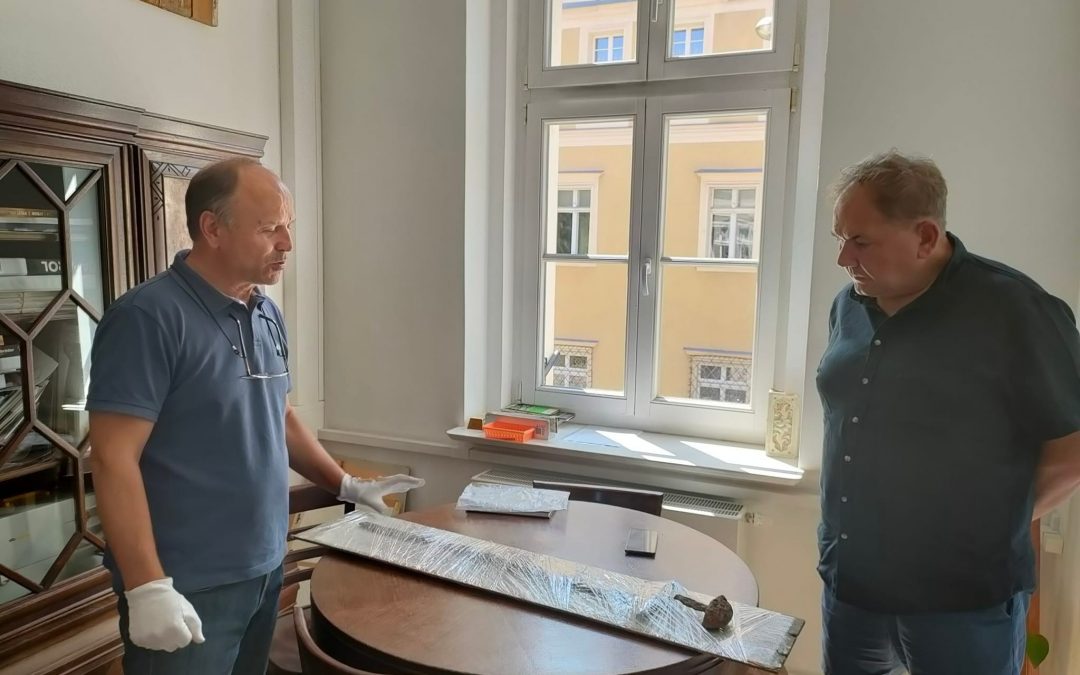An almost one-metre-long sword estimated to be around a thousand years old has been found in southern Poland. Historians say it is one of the most valuable discoveries in the region in a long time.
The sword was discovered only 30 centimetres below ground level near the village of Lewin Klodzki, close to the border with the Czech Republic, by a man who is exploring the area with the permission of archaeologists. No remains to help identify the potential owner or other metal obejcts were found alongside the sword.
“Such a sword is priceless,” said archaeologist Marek Kowalski of the Lower Silesian Office for the Protection of Historical Monuments, quoted by Gazeta Wyborcza daily.
“It had the value of one or even several villages. So it undoubtedly belonged to some knight. Such things were not simply abandoned.”
It is not yet known whether the sword ended up underground in the 11th century or later. However, the expert who inspected the weapon, Dr Lech Marek from the Institute of Archaeology at the University of Wrocław, has no doubts regarding the sword’s age, said Kowalski.
“Identical swords have been excavated at Ostrów Lednicki, where one of the most important castles of the Piast state was,” Kowalski added, referring to the first historical ruling dynasty of Poland, which ruled Poland until the 14th century.
The first Piasts, probably of West Slavic and Lechitic tribe descent, appeared around 940 in the territory of Greater Poland (Wielkopolska).
The archaeologists speculate that there may have been a fortress near the site where the sword was found. In the 11th century, Bolesław the Brave, the first king of Poland, who was in conflict with the Czechs, ordered his son, Mieszko II, to invade Bohemia, today the westernmost and largest historical region of the Czech Republic.
The sword will now be subjected to a historical analysis, examined for metallography using CT scans in an attempt to find inscriptions despite the corroded surface, Kowalski told Gazeta Wyborcza.
This might help the researchers to determine where the sword was made and who was its potential owner.
Main photo credit: ŚwidnickiPortalHistoryczny

Alicja Ptak is senior editor at Notes from Poland and a multimedia journalist. She previously worked for Reuters.



















